
Roots
There exists a quiet truth, a subtle undercurrent beneath the surface of our daily lives, particularly for those whose hair grows with a natural inclination toward coils, kinks, and braids. It is a truth whispered in shared glances, felt in the subtle shifts of atmosphere, and sometimes, overtly declared in policy ❉ that the very way one’s hair naturally crowns their head could become a barrier to opportunity, a source of judgment. This is not merely about aesthetic preference; it delves into the deep currents of identity, heritage, and belonging.
The legal landscape, too, has begun to reckon with this long-standing societal challenge, leading to conversations about what true equity in appearance truly means. The CROWN Act stands as a significant marker in this unfolding discussion, seeking to codify protections against discrimination rooted in hair texture and protective styles.
For generations, textured hair, in its myriad forms, has carried profound cultural weight. It has been a symbol of resistance, a declaration of self, a connection to ancestry, and a canvas for artistic expression. Yet, these very expressions have, for too long, been misconstrued within institutional settings, often deemed “unprofessional” or “distracting.” This perception, though seemingly benign on the surface, often carries the weight of historical bias, impacting individuals in schools and workplaces. The movement behind the CROWN Act seeks to dismantle these arbitrary barriers, affirming that hair, in its natural state or protective style, is a fundamental aspect of racial identity deserving of legal protection.
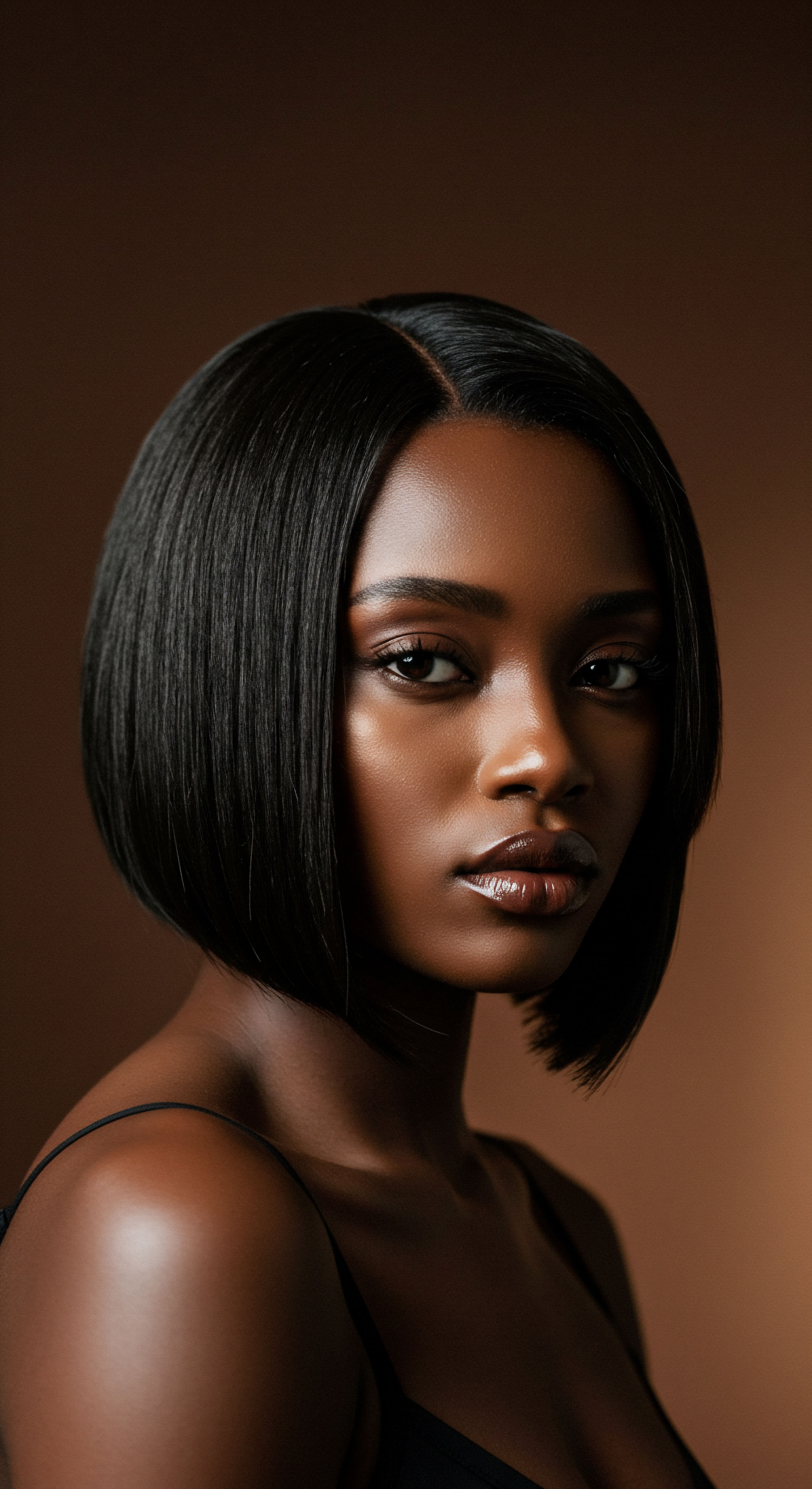
What is the CROWN Act’s Foundational Principle?
The CROWN Act, an acronym for “Creating a Respectful and Open World for Natural Hair,” represents a legislative movement aimed at prohibiting discrimination based on hair texture and protective hairstyles. At its core, the legislation expands existing anti-discrimination laws by explicitly including hair traits historically associated with race, such as braids, locs, twists, and Bantu knots, within the definition of race. This expansion closes a historical loophole in civil rights legislation.
Prior to the CROWN Act, general anti-discrimination statutes, like the Civil Rights Act of 1964, did not consistently address hair discrimination, allowing for arguments that policies against natural hairstyles were appearance-based and not race-based. The Act directly challenges this notion, recognizing that policies policing natural hair disproportionately affect Black individuals and therefore constitute racial discrimination.
The CROWN Act aims to explicitly define hair discrimination as a form of racial bias, closing a historical gap in anti-discrimination law.
The initial signing of the CROWN Act into law occurred in California in 2019, marking a watershed moment in the fight against hair bias. This pioneering step set a precedent, sparking a legislative ripple across the United States. Since then, many states have followed California’s lead, enacting their own versions of the law.
This collective action underscores a growing societal recognition of the harm caused by hair discrimination and a collective desire to establish clearer legal boundaries. The foundational principle remains constant across these state-level adoptions ❉ to safeguard individuals from unfair treatment in employment and educational settings solely because of their hair.
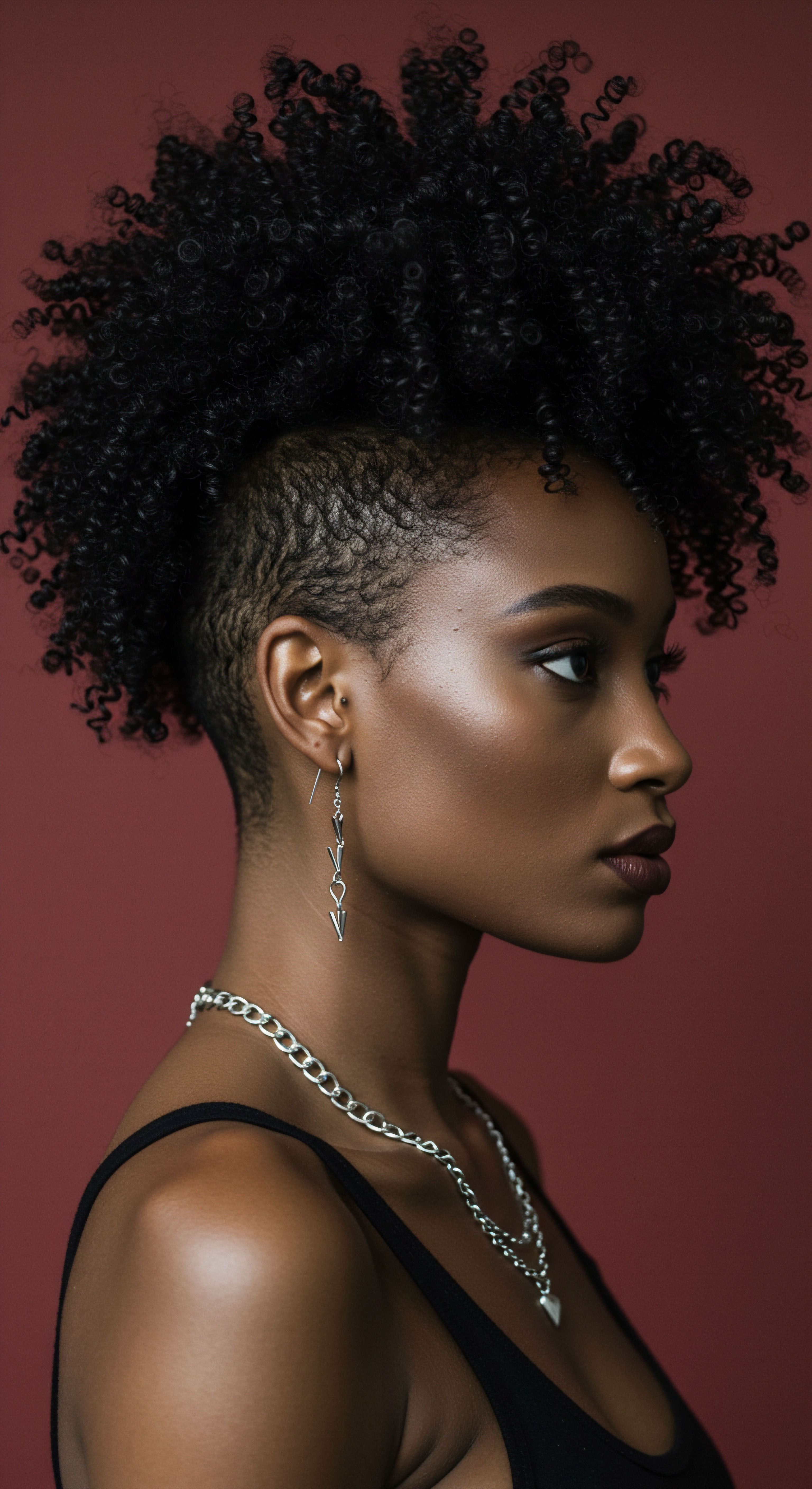
How Does Hair Discrimination Appear in Daily Life?
Hair discrimination manifests in various forms, from overt policy enforcement to subtle microaggressions. In schools, children have faced suspension or been sent home for wearing natural curls or locs, disrupting their learning and causing emotional distress. In professional settings, adults have been denied job opportunities or faced disciplinary action for hairstyles deemed “unprofessional,” even when those styles are inherent to their racial identity.
- School Policies ❉ Students are sometimes disciplined or removed from class for hair deemed “unsuitable” by school dress codes, impacting their educational experience.
- Workplace Grooming Rules ❉ Individuals face pressure to alter their natural hair, often through chemical straightening, to conform to Eurocentric beauty standards perceived as “professional”.
- Job Interview Bias ❉ Applicants with natural hairstyles may encounter unconscious bias, leading to lower assessments of competence or professionalism, even before skills are considered.
The implications extend beyond mere inconvenience. A 2020 study conducted by Michigan State University and Duke University, titled “The Natural Hair Bias in Job Recruitment,” provides a compelling illustration of this subtle yet pervasive bias. This research revealed that Black women with natural hairstyles were significantly less likely to receive job interview invitations compared to white women or Black women who presented with straightened hair. The study also observed that participants often rated natural Black hairstyles, such as afros, twists, or braids, as less professional.
This empirical finding underscores the deeply ingrained nature of hair bias in professional contexts, highlighting how systemic perceptions can quietly derail career prospects for qualified individuals, long before their capabilities are assessed. This data point is not merely a statistic; it speaks to the lived experiences of countless individuals navigating systems that inadvertently, or overtly, penalize their authentic selves.
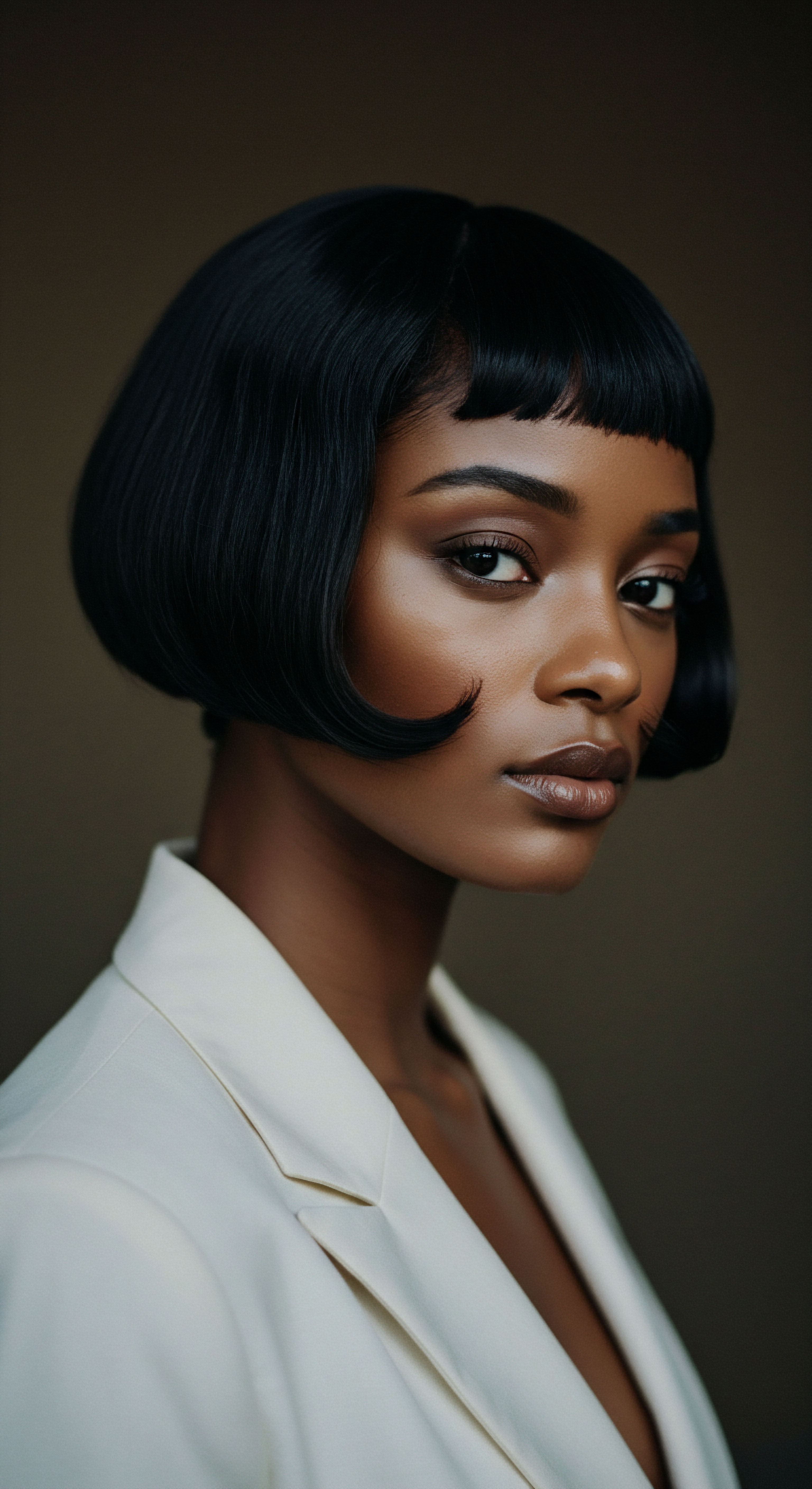
Ritual
As we step from the bedrock of understanding into the realm of lived experience, the conversation shifts to the practical applications of legal protection. It is here, in the daily practices and interactions, that the true measure of a law’s reach becomes apparent. How does a piece of legislation translate into a tangible shield for individuals?
What does it mean for the everyday choices of styling, presenting oneself, and moving through the world with hair that speaks volumes of heritage and selfhood? This section explores the current practical standing of the CROWN Act, observing its influence on workplaces and educational environments, and acknowledging the ongoing steps necessary to ensure its full potential is realized.
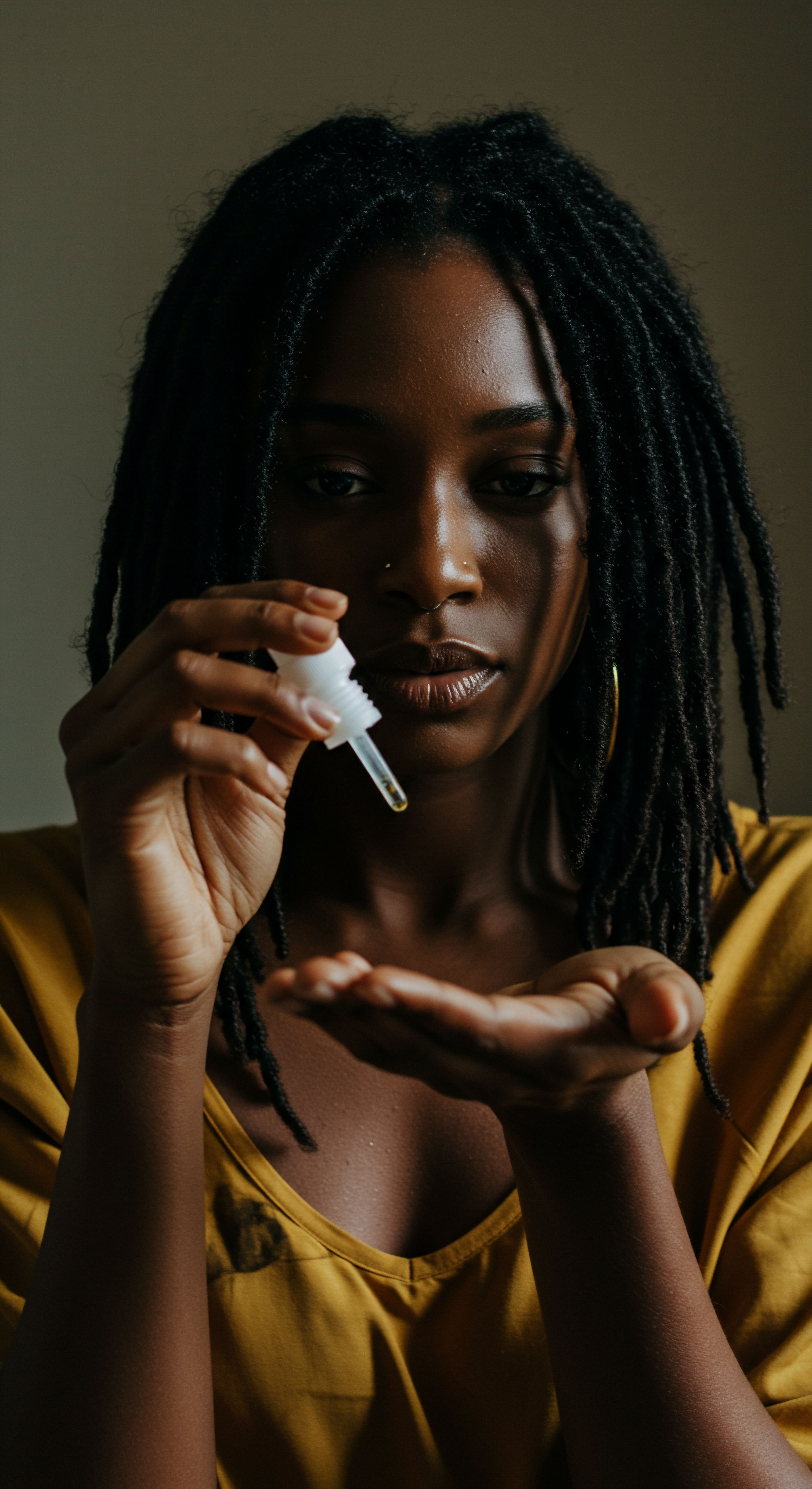
What is the CROWN Act’s Reach Across States?
The CROWN Act’s legal standing is currently a patchwork across the United States, with significant progress made at the state level. As of late 2024, approximately 27 states, alongside Washington, D.C. have enacted their own versions of the CROWN Act into law. This growing number reflects a clear legislative trend and a widening recognition of hair discrimination as a form of racial bias.
Each state’s law, while generally aligned with the core principle, may possess slight variations in its specific language, scope, and enforcement mechanisms. Some state laws explicitly include protections for students in both public and private schools, while others may have initial legislation that did not extend to educational settings, necessitating further amendments.
The journey for a federal CROWN Act has been more protracted. The U.S. House of Representatives has passed the federal CROWN Act bill multiple times, including in 2022, but it has faced obstacles in the Senate, preventing it from becoming a nationwide law.
This legislative dynamic means that while many Americans residing in states with CROWN Acts enjoy protections, those in states without such laws remain vulnerable to hair discrimination, lacking comprehensive federal recourse. The absence of a national standard underscores the continued advocacy for broader legal coverage.
While many states have adopted CROWN Act protections, the absence of a federal law means protections are not universal across the nation.
The table below provides a representation of the state-level adoption of the CROWN Act, illustrating the expanding geographical reach of these protections.
| Region West Coast |
| States with CROWN Act (Examples) California, Oregon, Washington |
| Region Northeast |
| States with CROWN Act (Examples) New York, New Jersey, Massachusetts, Connecticut, Maryland |
| Region Midwest |
| States with CROWN Act (Examples) Illinois, Minnesota, Nebraska, Michigan |
| Region South |
| States with CROWN Act (Examples) Louisiana, Virginia, Tennessee, Texas |
| Region Other |
| States with CROWN Act (Examples) Colorado, Delaware, Nevada, New Mexico, Vermont |
| Region This table presents a selection of states; the full list is continually expanding. |

How Does Enforcement Unfold in Practice?
Even with CROWN Act legislation in place, the path to enforcement and full compliance can be complex. The spirit of the law aims to prevent discrimination, yet instances still surface, necessitating legal challenges and advocacy. Enforcement often relies on individuals knowing their rights and being willing to report violations to relevant agencies, such as state civil rights commissions or the Equal Employment Opportunity Commission (EEOC) at the federal level.
A notable instance illustrating the ongoing challenges is the case of Darryl George, a high school student in Texas. Despite Texas having passed its CROWN Act, George faced suspension for the length of his locs, which school administrators claimed violated a dress code policy regarding hair length when let down. This case highlights how discriminatory policies can persist and be interpreted in ways that undermine the very intent of the CROWN Act.
The legal battle surrounding George’s hair underscored the need for clear, unambiguous language in legislation and robust enforcement mechanisms that prevent misinterpretations or intentional sidestepping of the law’s protections. It also speaks to the profound emotional and educational toll such discrimination takes on individuals.
The persistence of such cases reveals that legislative passage is but one step. A deeper, more widespread understanding and acceptance of diverse hair textures and styles within institutional cultures remain essential. This includes proactive training for employers, educators, and administrators on the meaning and application of the CROWN Act, moving beyond mere legal compliance to genuine cultural acceptance.

Relay
To truly grasp the contemporary legal standing of the CROWN Act, one must look beyond legislative milestones and delve into the intricate interplay of legal theory, cultural evolution, and the very real human experiences it seeks to protect. It is a dialogue between statute and lived reality, where the law attempts to catch up with the deep-seated biases that have long influenced perceptions of beauty and professionalism. This deeper exploration considers how legal frameworks interact with societal norms, the ongoing judicial interpretations, and the broader societal implications of codifying protections for natural hair.
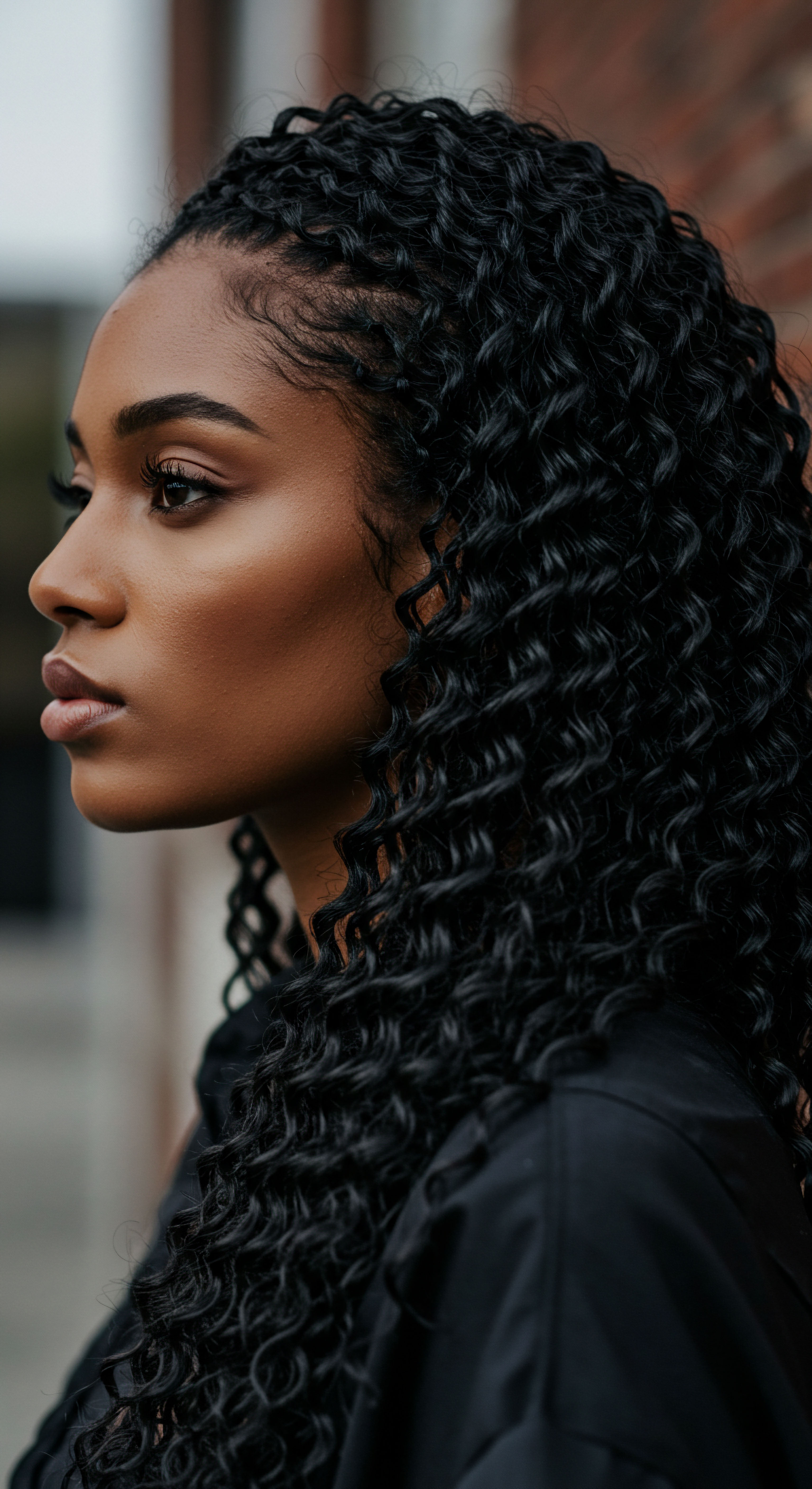
What Are the Deeper Legal and Social Underpinnings of Hair Discrimination?
The discrimination faced by individuals with textured hair is not an isolated phenomenon; it is deeply rooted in historical and systemic biases that have historically marginalized Black people and other communities of color. Legal scholars and cultural commentators frequently point to the legacy of slavery and Jim Crow laws, which imposed Eurocentric standards of appearance as a means of social control and suppression of racial identity. Policies against natural hair were, and sometimes remain, proxies for racial bias, operating under the guise of “professionalism” or “neatness”.
Prior to the CROWN Act, federal courts often struggled with hair discrimination cases. Many rulings held that policies against specific hairstyles were not necessarily race discrimination under Title VII of the Civil Rights Act, reasoning that hairstyles were mutable characteristics, unlike skin color. This legal stance created a significant loophole, allowing employers and schools to enforce policies that disproportionately affected Black individuals without being found guilty of direct racial discrimination. The CROWN Act directly addresses this judicial precedent by statutorily defining race to include hair texture and protective styles, thereby eliminating the “mutable characteristic” argument as a defense against discrimination claims.
Hair discrimination, historically justified by mutable characteristics arguments, now faces direct legal challenge through the CROWN Act’s expanded definition of race.
The Act’s impact extends to a broader societal conversation about beauty standards and inclusivity. By legally affirming the validity and professionalism of natural hair, the CROWN Act contributes to dismantling harmful stereotypes and promoting a more expansive understanding of professional appearance. This legal shift helps to validate personal identity and cultural expression, fostering environments where individuals are not compelled to suppress their authentic selves to succeed.

How Do Judicial Interpretations Shape the Act’s Trajectory?
While the CROWN Act has been enacted in numerous states, its ultimate effectiveness hinges on consistent and robust judicial interpretation. As seen in cases like Darryl George’s, the language of the law, while seemingly clear, can still be subject to varying interpretations by courts and school administrations. Legal challenges often revolve around the specific wording of school dress codes or employer grooming policies, and whether their application genuinely violates the spirit and letter of the CROWN Act.
For instance, a policy requiring hair to be “neat and tidy” might be interpreted subjectively, potentially allowing for discriminatory application against textured hair that naturally presents with more volume or different textures than straight hair. The ongoing legal battles often aim to clarify these ambiguities, setting precedents that strengthen the Act’s protections. Advocates consistently emphasize that the intent of the CROWN Act is to prevent race-based discrimination, not to dictate hair length or hygiene. The focus remains on challenging policies that disproportionately impact racial groups, particularly Black individuals, based on inherent hair characteristics or culturally significant styles.
The continued push for a federal CROWN Act also reflects a desire for uniformity and clarity across jurisdictions. A national law would provide a consistent standard, potentially reducing the need for state-by-state litigation and offering a clearer pathway for redress for individuals facing discrimination anywhere in the country. The dialogue around the CROWN Act, therefore, is not static; it is a dynamic process of legislative action, judicial review, and societal evolution, all working towards a more equitable future where hair is simply hair, not a barrier.
The broader implications of the CROWN Act extend into realms of economic opportunity and psychological well-being. When individuals are free from the pressure to conform their natural hair, they save time and money on altering their hair, and avoid potential health risks associated with chemical treatments. Beyond the tangible, there is the invaluable benefit of improved self-esteem and reduced stress, allowing individuals to focus their energy on their contributions rather than concerns about their appearance. This legislation contributes to a more inclusive society where one’s natural presentation is celebrated, not penalized.

Reflection
The path towards a world where hair, in its natural state, is met with respect and understanding, rather than judgment, is a journey of many steps. The CROWN Act, in its varied forms across the states, stands as a testament to progress, a legislative acknowledgment of a truth long understood within textured hair communities. Yet, the existence of a law does not, by itself, erase the biases that have settled deeply within societal structures. The ongoing conversations, the persistent advocacy, and the brave individuals who continue to challenge discrimination, even in the face of legal protections, remind us that the work is not complete.
It is a continuous unfolding, a gentle push towards a future where the richness of human appearance is seen as a source of strength, not a reason for exclusion. The beauty of textured hair, in all its forms, is not just a personal aesthetic; it is a cultural statement, a piece of history, and a right to be cherished.

References
- Economic Policy Institute. (2023). The CROWN Act ❉ A jewel for combating racial discrimination in the workplace and classroom. Economic Policy Institute.
- Economic Policy Institute. (2024). Loc-ing students out ❉ Darryl George, the CROWN Act, and the need to combat racial discrimination in the classroom. Economic Policy Institute.
- Jackson Lewis. (2022). House Passes CROWN Act Ban on Natural Hair Discrimination in the Workplace. Jackson Lewis P.C.
- Downey Brand. (2021). How the CROWN Act Impacts You. NaturallyCurly.com.
- Legal Defense Fund. (n.d.). The CROWN Act. Legal Defense Fund.
- Legal Defense Fund. (n.d.). Hair Discrimination FAQ. Legal Defense Fund.
- ACLU of Georgia. (n.d.). The CROWN Act. ACLU of Georgia.
- The Official CROWN Act. (n.d.). Research Studies. The CROWN Act.
- University of New Haven. (2021). ‘Hair Has Nothing to do with Competency’. University of New Haven.
- American Bar Association. (2024). Midyear 2024 ❉ Experts to examine violations of the Crown Act. American Bar Association.
- Article Gateway. (n.d.). Wear Your CROWN ❉ How Racial Hair Discrimination Impacts the Career Advancement of Black Women in Corporate America.
- Brookings Institution. (2023). The CROWN Act hasn’t ended hair discrimination in Texas. Brookings Institution.
- Fisher Phillips. (2020). The Roots Of The CROWN Act ❉ What Employers Need To Know About Hairstyle Discrimination Laws. Fisher Phillips.
- Seyfarth Shaw. (2023). Minnesota Joins Growing List of States to Ban Race-Based Hair Discrimination, as New CROWN Act Becomes Law. Seyfarth Shaw LLP.
- GovDocs. (2024). States with Hair Discrimination (CROWN) Laws in 2024 ❉ Interactive Map. GovDocs.
- Economic Policy Institute. (2024). Half of U.S. states have passed the CROWN Act to ban hair discrimination. Economic Policy Institute.
- Littler. (2022). Hands Off My CROWN! What Employers Should Know About the Rise of Hair Discrimination Laws. Littler Mendelson P.C.
- Congresswoman Bonnie Watson Coleman. (2025). Rep. Watson Coleman, Senator Booker Reintroduce CROWN Act to Outlaw Race-Based Hair Discrimination.
- Colorado General Assembly. (2020). Race Trait Hairstyle Anti-discrimination Protect. Colorado General Assembly.
- Arts Council of Greater New Haven. (2021). CROWN Act Sails Through The State Senate. Arts Council of Greater New Haven.